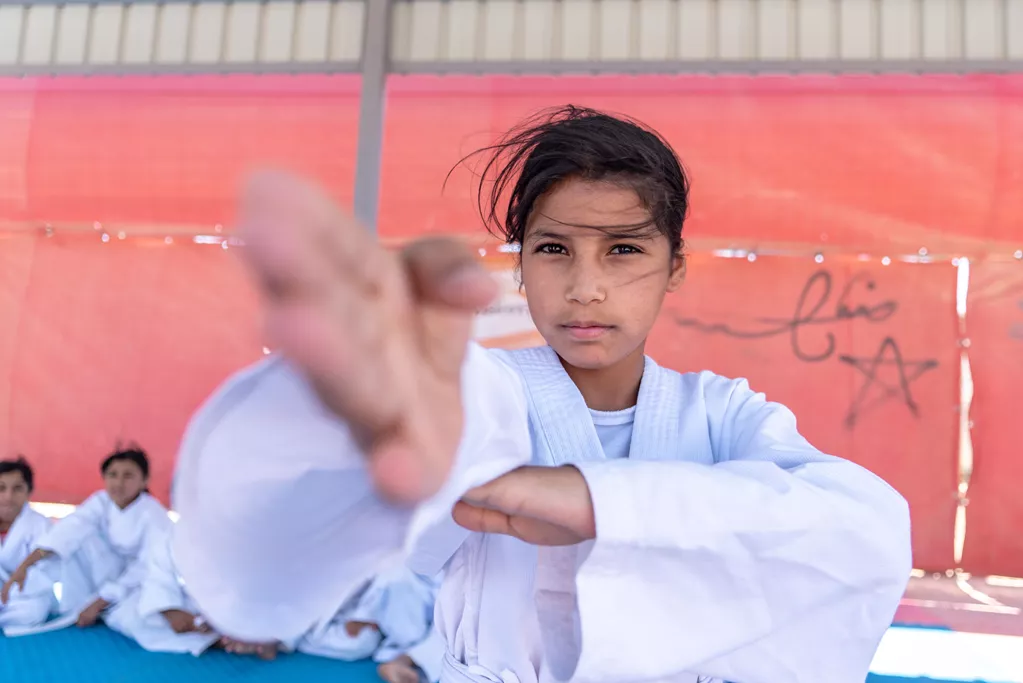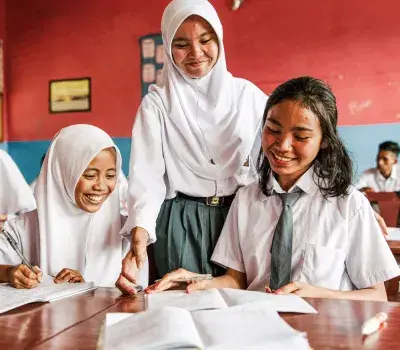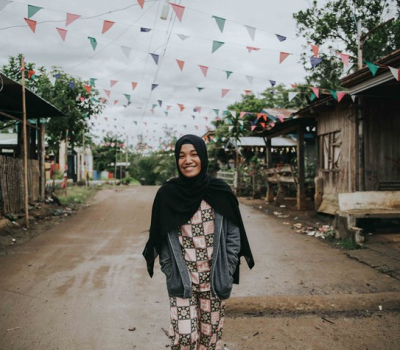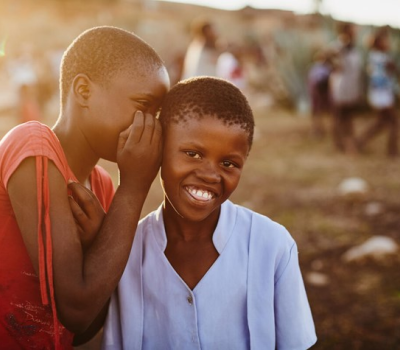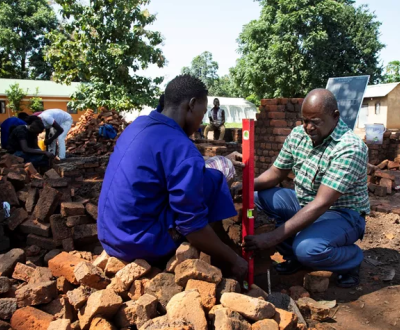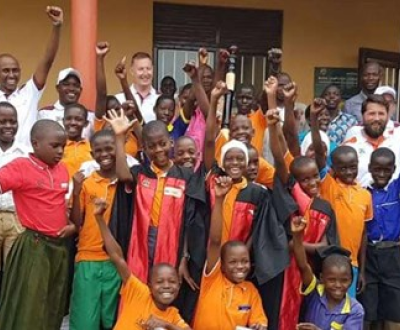The facts
Many children around the world do not have the protective systems and support that we universally need in order to flourish. They may be separated from their families or guardians. They often don’t have access to schools or playgroups. They often live in countries with poor welfare and health services. Even when these services do exist, they may not reach or help those children most in need.
The world’s most vulnerable children include trafficked children, orphans, child soldiers, street children, child brides, displaced children and children that are in conflict or emergency situations. Without support, these children are vulnerable to neglect or deliberate harm from others. Their physical and mental development can be threatened, or affected permanently. Child protection is about contributing to a society that helps uphold a child’s rights. It is about the sustained well-being of children within their families and communities.
Education ensures people are better prepared to prevent disease and to use health services effectively. Educating girls and women in particular has unmatched transformative power. Educated mothers are better informed about healthcare and appropriate nutrition and therefore raise healthier children. Education also supports the growth of civil society, democracy and political stability, allowing people to learn about their rights and acquire the skills and knowledge necessary to exercise them. Finally, education results in higher wages and economic growth. According to the World Bank, each additional year of schooling can lead to people earning 10% higher wages.
Why it is important to us
World Vision’s long-term presence in thousands of communities means that every day we are confronted with the shocking reality that hundreds of millions of children experience violence, exploitation, abuse and neglect. Their rights to care and protection are ignored. We encounter tragic stories of sexual exploitation and abuse, trafficking, dangerous work, violence against children and the recruitment of child soldiers. Children are particularly vulnerable in the face of natural disaster or human conflict. All of these threats have long-lasting effects on a child’s wellbeing.
World Vision is committed to creating a world that is safe for children: our vision is that children growing up in some of the world's most difficult places, will live free from exploitation and abuse, in sustainable communities where they can flourish.
- Child protection is a top priority. Building on that foundation, World Vision seeks to empower children, families, communities and local partners to prevent and respond to exploitation, neglect, abuse and other forms of violence affecting children, especially the most vulnerable. Often children in crisis are hidden away, but we support communities to identify children in vulnerable situations so they can be linked to the support and protection they need.
- We also work to strengthen the systems that protect children with government and local stakeholders: laws, services, attitudes and behaviour that combine, prevent and respond to abuse, neglect, exploitation and other forms of violence against children.
A life without education is a life without opportunity. We believe that all children have the right to be educated for life. World Vision helps children especially the most vulnerable, access quality education and attain functional levels of literacy, numeracy, and essential life skills. We also train teachers, parents and caregivers to support children’s learning. When children can read, they can better advocate for their rights and help provide for their families.
By identifying the root causes of violence, World Vision is able to work closely with everyone responsible for protecting children to prevent it—starting with families and faith communities, and expanding to encompass classroom leaders, school administrators, community leaders, law enforcement, healthcare professionals and state and local governments.
Learn about our programmes and approaches
With your support, we work with communities and local and national government at all levels. We empower communities to build a safety net of loving and caring people to protect children, prevent harm, and ensure that those who are harmed receive the help they need to recover.
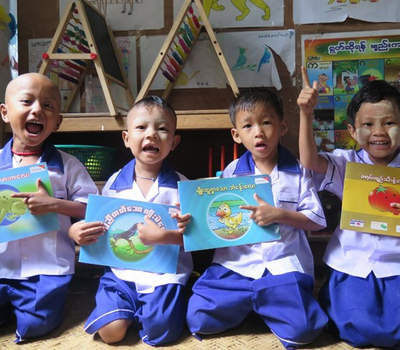
Education Cannot Wait Myanmar
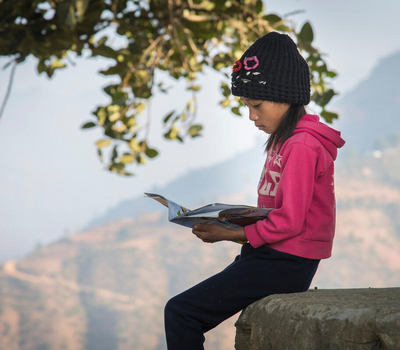
Area Programmes
Find out more about our positions
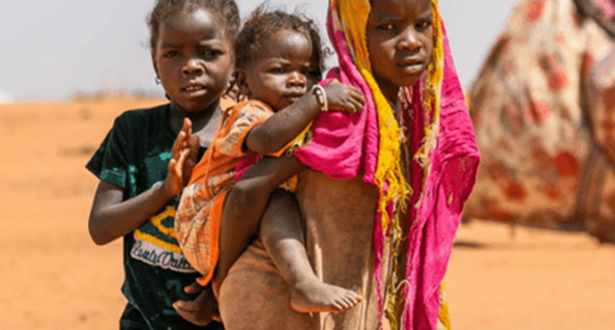
The crisis for children and families in Sudan
Unprecedented hunger, mental health tragedy, and gender-based violence.
A World Vision International report
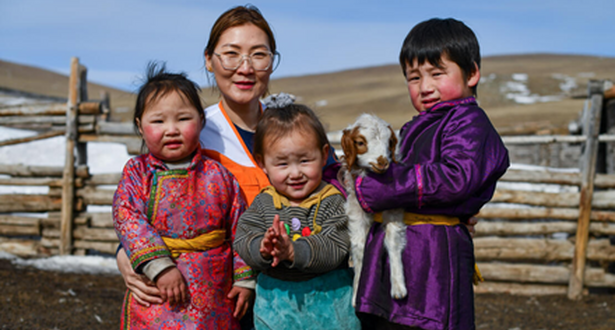
The Childhood Rescue yearly impact report
In 2023, we helped 18.8 million children survive, recover, and build a future after conflict, disaster, or war.
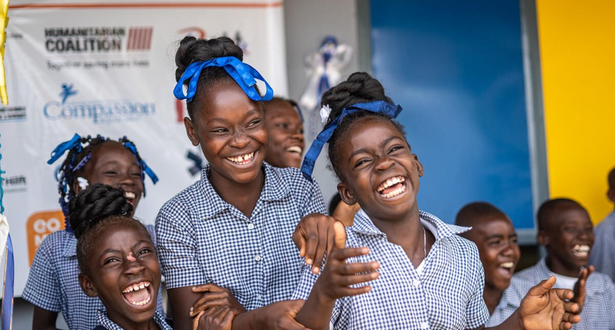
Putting children first for sustainable development
The return on investment from aid that targets children.
A World Vision International report.
Read related stories
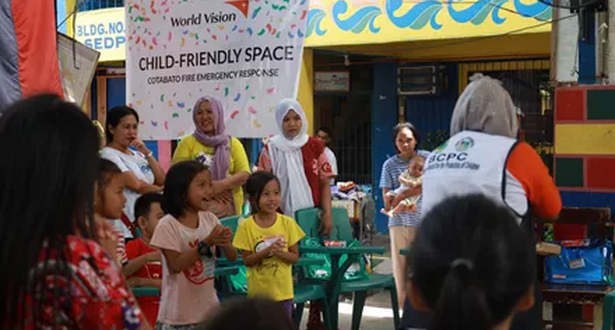
Children are agents of peace
Launching a new youth-centred peace project in the Philippines.
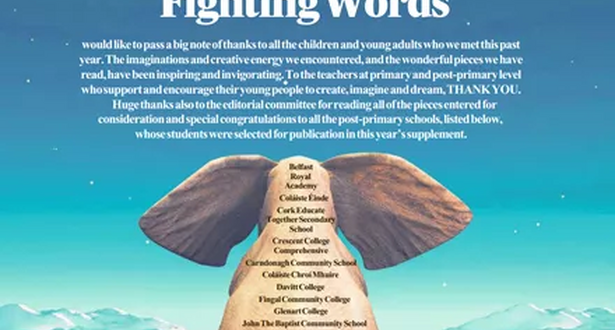
Empowering Somali children through storytelling
Empowering Somali children through storytelling
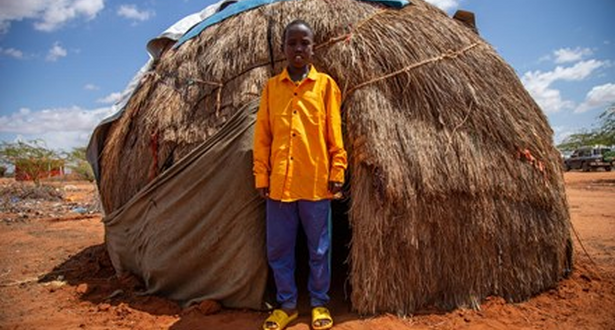
A year of violence in Sudan
24 million children in Sudan face hunger, violence and lack of schooling.
Get involved with us
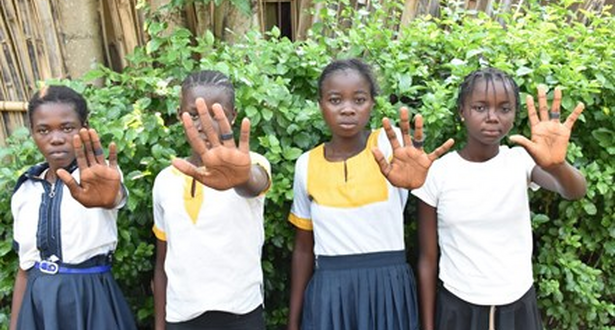
End Child Marriage
In the last minute, 22 girls under the age of 18 were just married. See how you can help.
